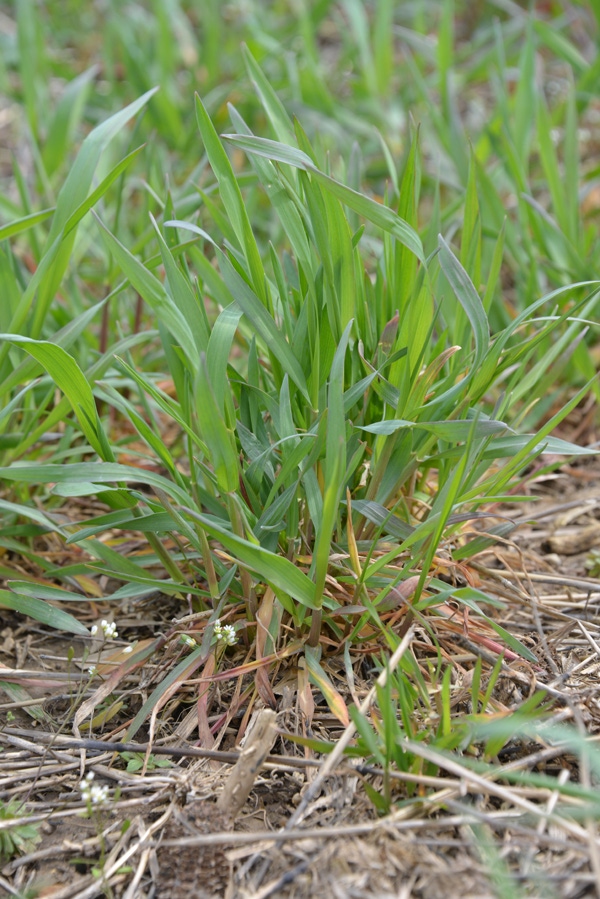April 8, 2016

Farmers who haven't yet terminated their cover crops should now wait for warmer weather before applying herbicide, says Bill Johnson, a Purdue Extension weed scientist.
With overnight temperatures falling below freezing and daytime temperatures running 10-20 degrees below normal during a recent cold snap, weed and cover crop growth has slowed or stopped, said Bill Johnson. The type of post-emergent herbicides commonly used to terminate cover crops are much more effective when weeds and cover crops are actively growing.
"If not terminated properly, cover crops have the potential to become weeds in the production crop and can slow the soil drying and warming in the spring," Johnson said.
No rush
Based on the latest forecasts, Johnson said it could be up to two weeks before the weather warms up enough to allow herbicides to be fully effective.
"If we get a couple of days with air temps in the 50s, then I would lean in the direction of terminating cover crops," he said.
Johnson and other experts are urging farmers to be patient as the unseasonably cold weather has delayed planting preparations in some areas.
Extension corn specialist Bob Nielsen said field conditions, not the calendar, should determine when corn is planted.
"With the current soil temps so low, I don't see any reason to be in much of a hurry to plant corn," Nielsen said. "You risk slow germination and chilling injury."
Cold soil
According to a report this week from the Indiana State Climate Office based at Purdue University, soil temperatures range from 40-45 degrees Fahrenheit in the northern part of the state, 45-50 in the central region and 50-55 in the south. Corn germinates at a soil temperature of 50 degrees, soybeans at 54.
Nielsen said producers should not be overly concerned about getting their corn crop planted by a certain date. Typically, early planting favors high yield and late planting tends to result in lower yields.
But Nielsen said producers "should not push" early planting if soil conditions are not right.
"Planting date is just one predictor of yield and not really the best one," he said. "The point is to wait for conditions to get better."
You May Also Like




